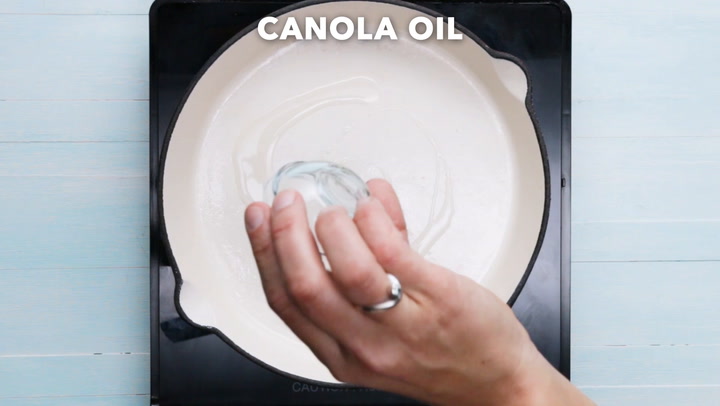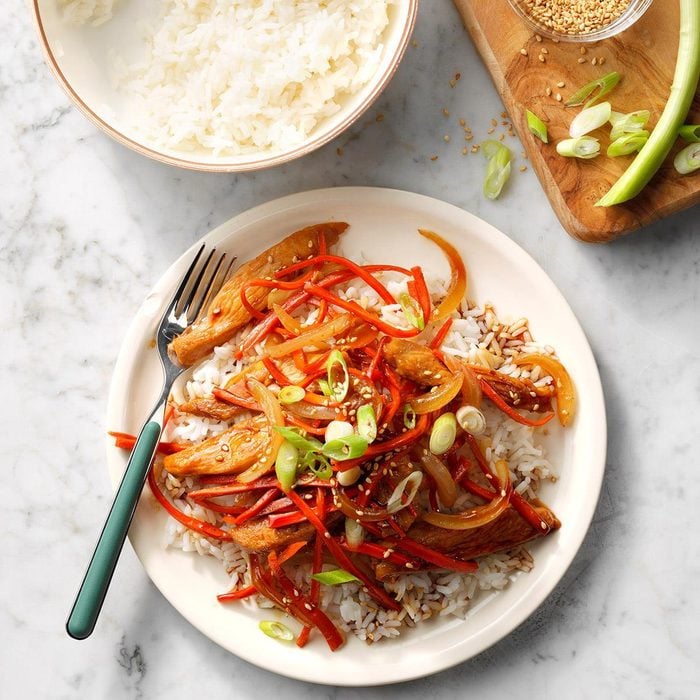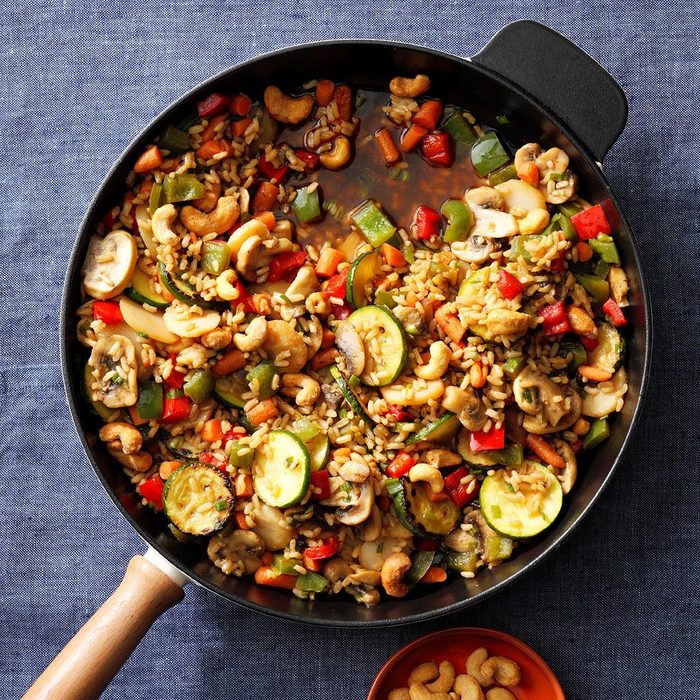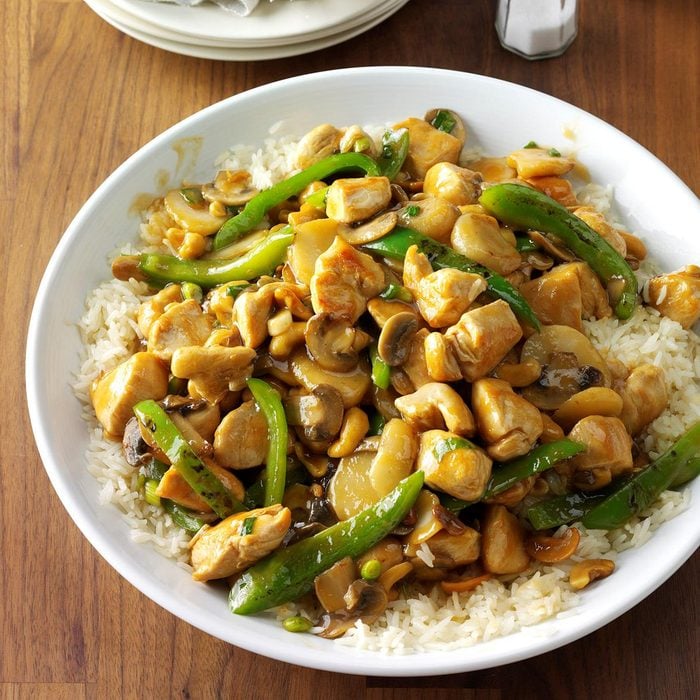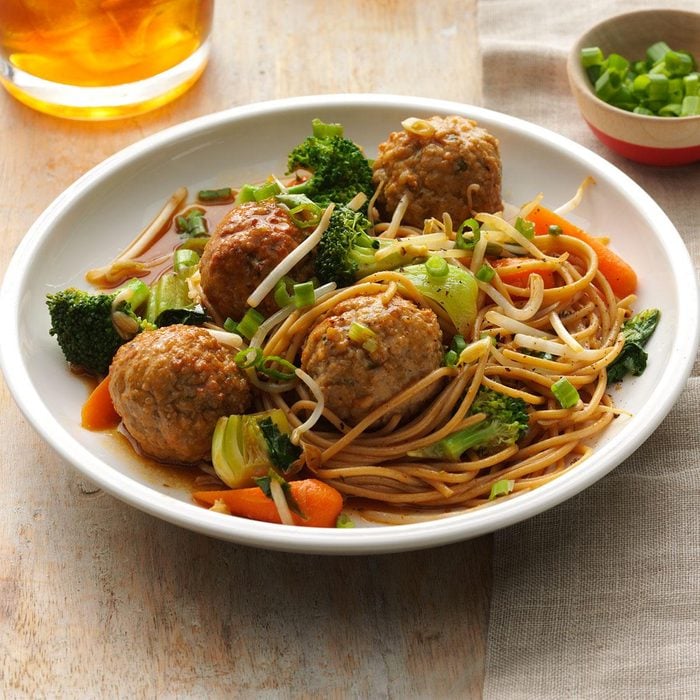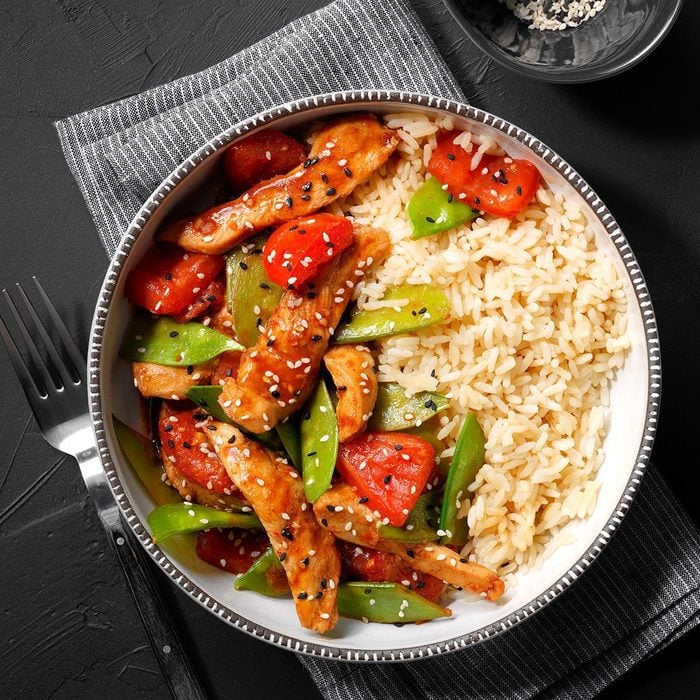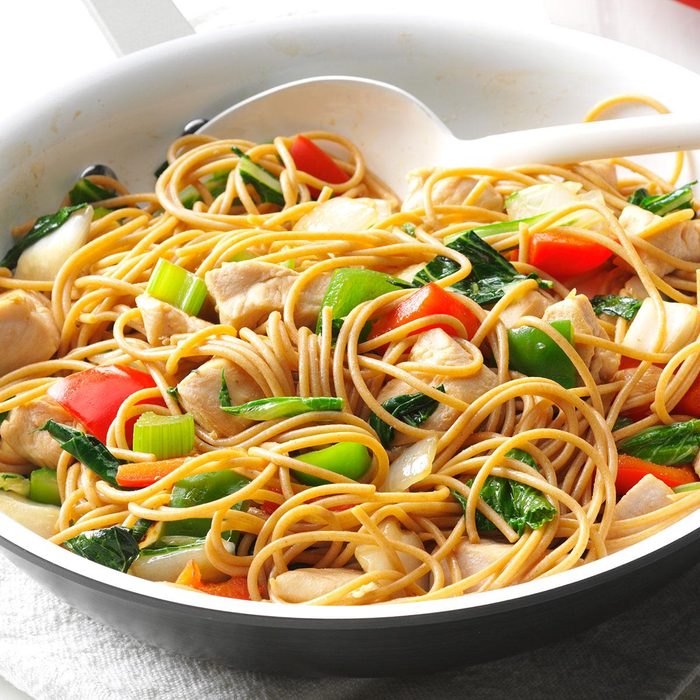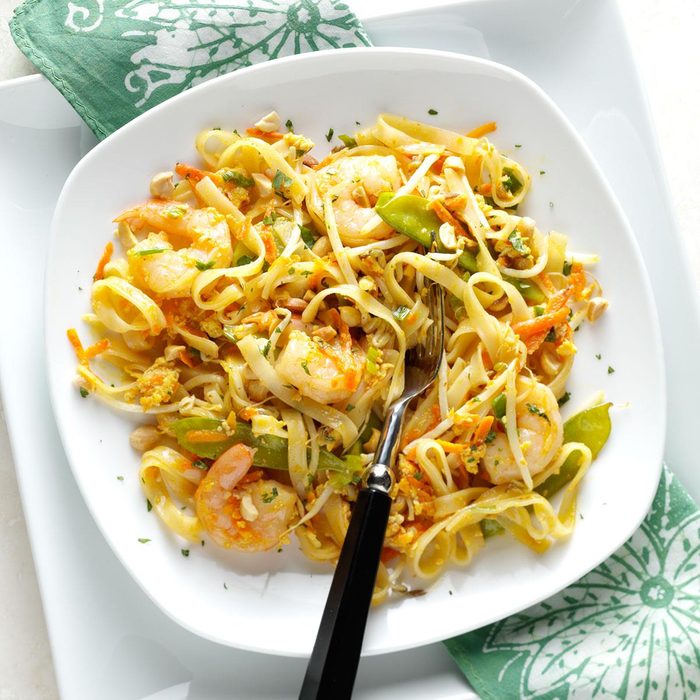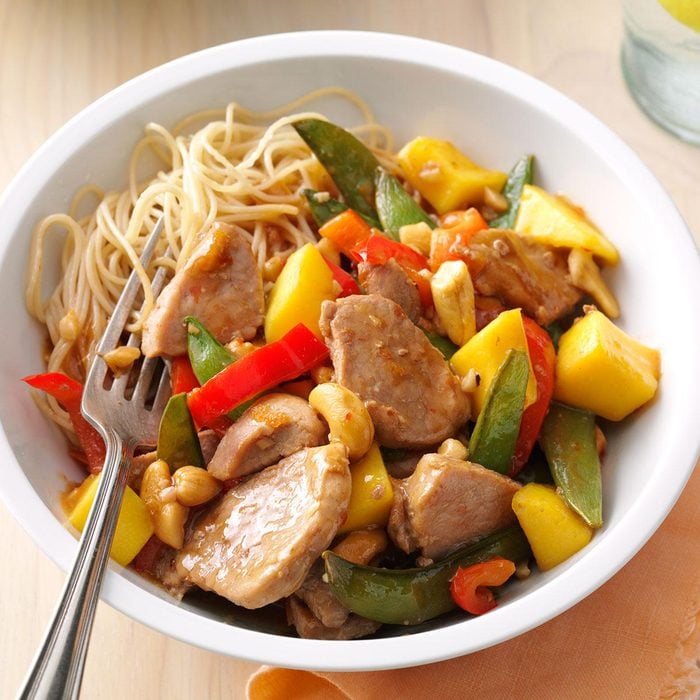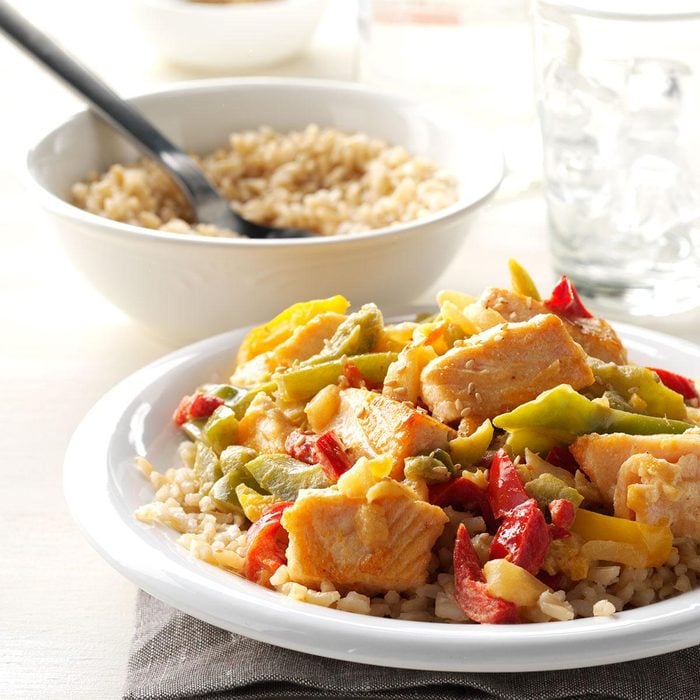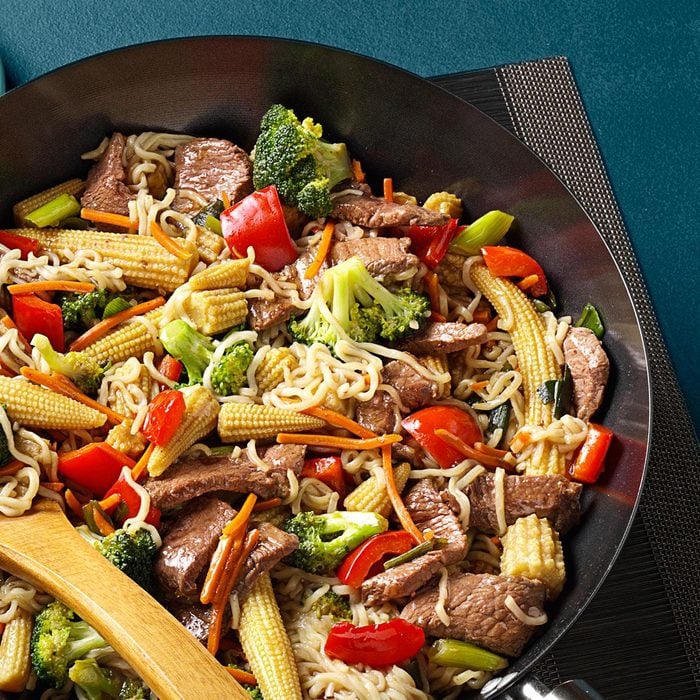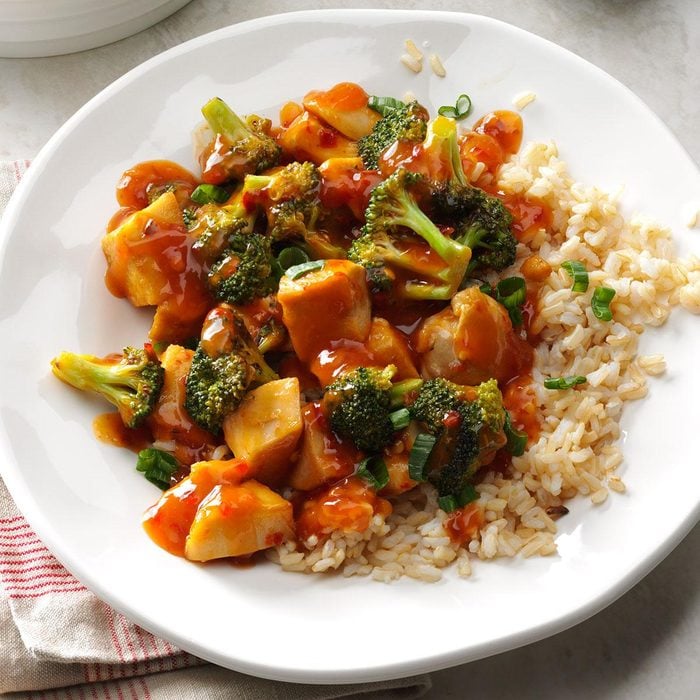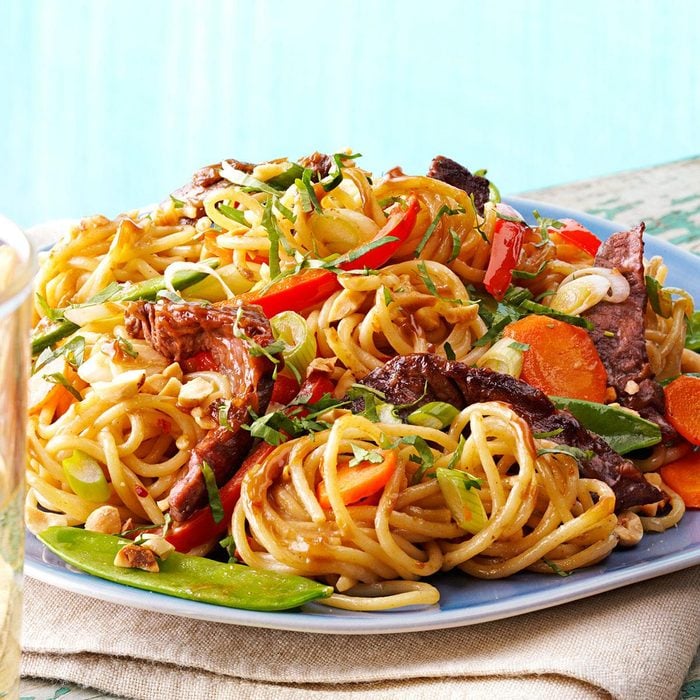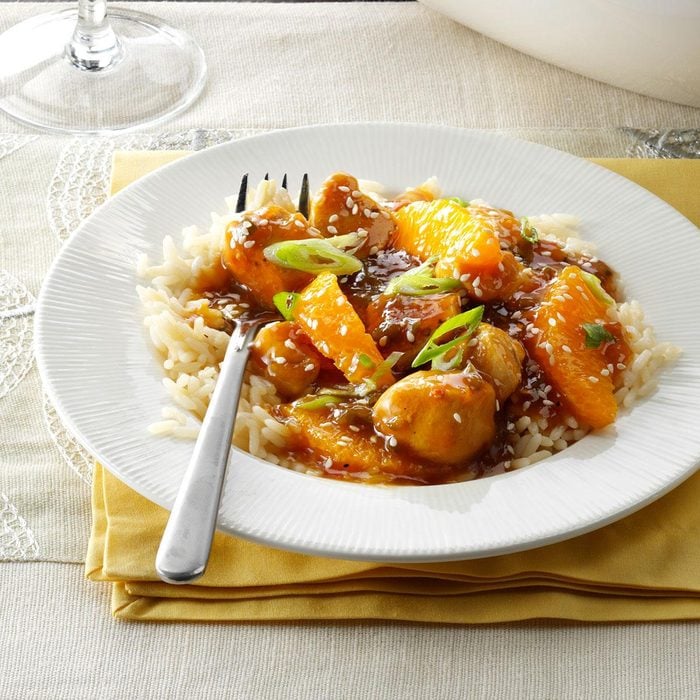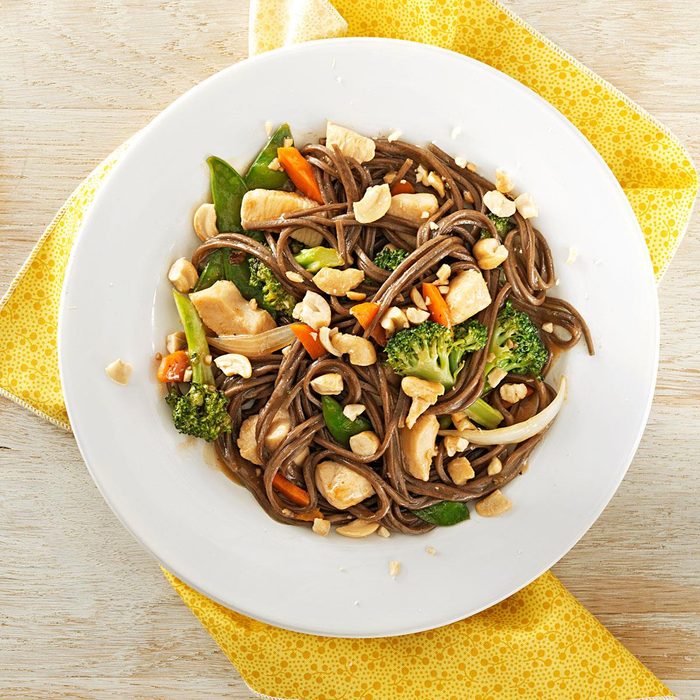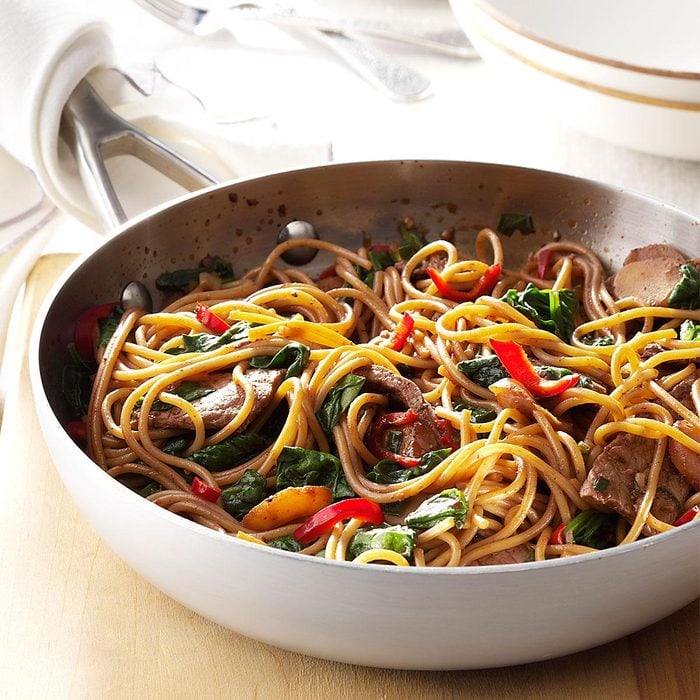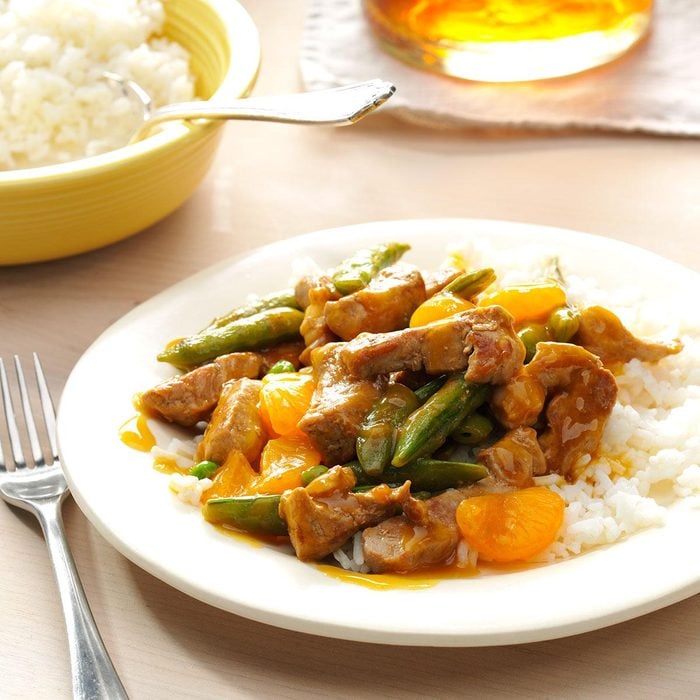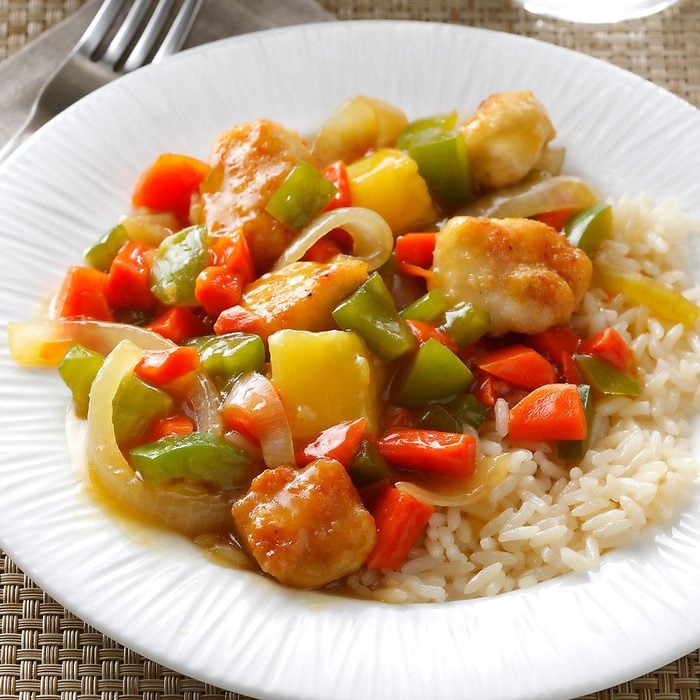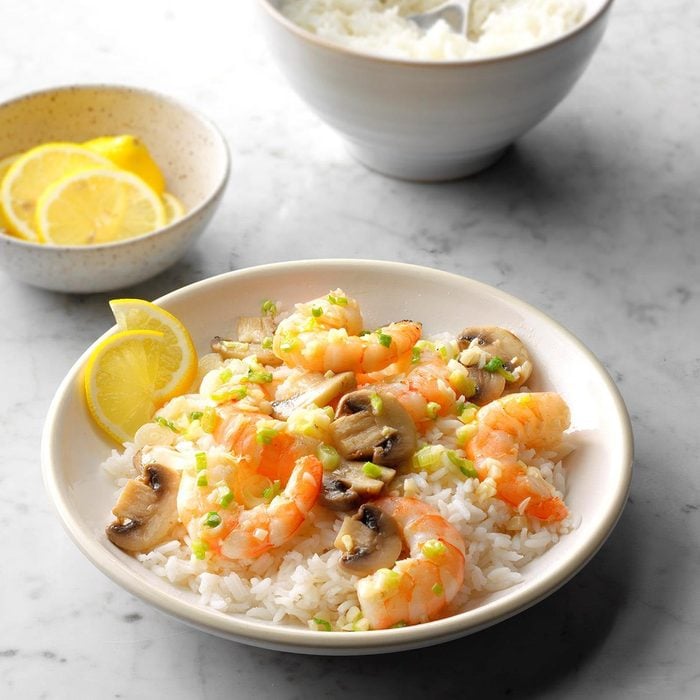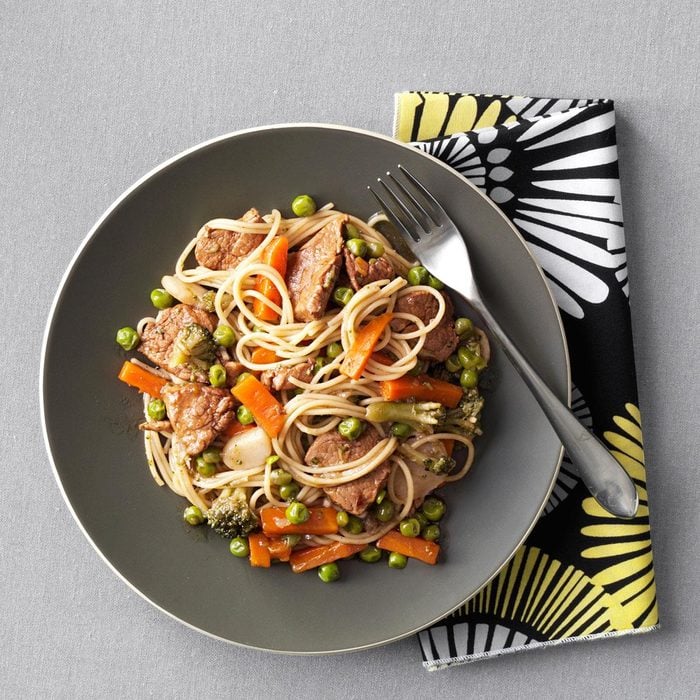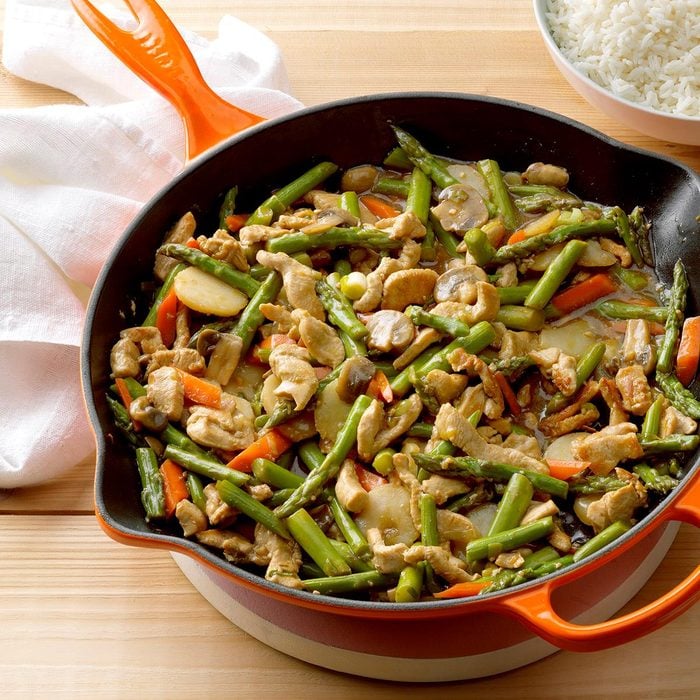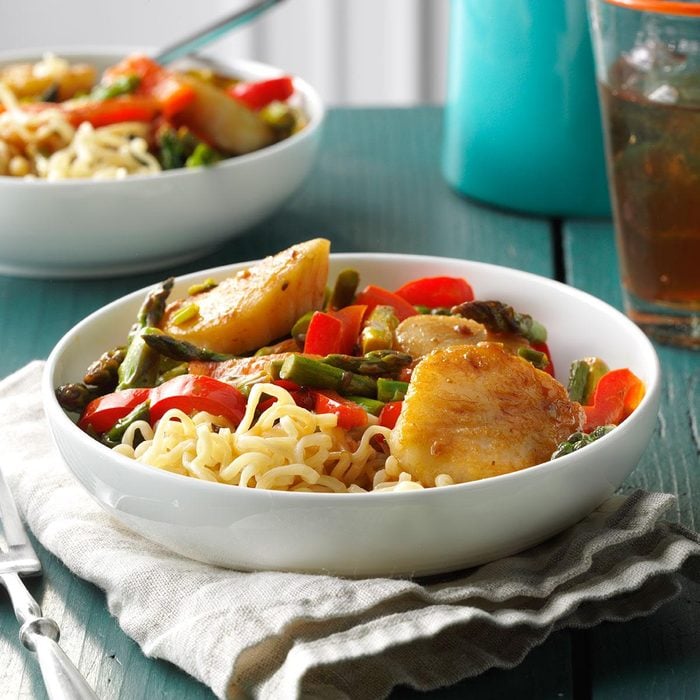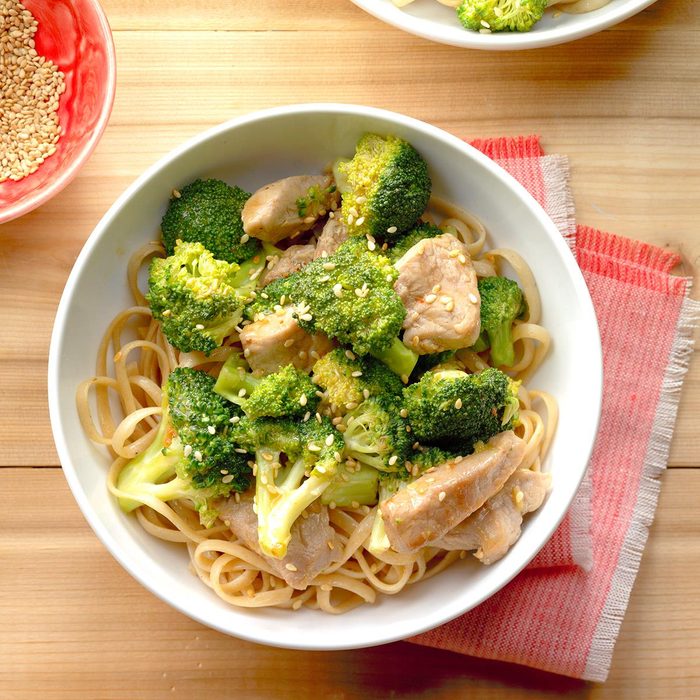How to Stir-Fry Like a Restaurant Chef
Updated: May 02, 2023

This is the quickest, easiest way to get a healthy meal on the table. It takes less than 30 minutes, including prep time.
I’m all about quick-and-easy weeknight dinner ideas, and stir-fry is one of my favorites. It’s a great way to pull together a custom, no-recipe-required dinner that’s ready to eat in 30 minutes (including prep time).
Do You Need a Wok to Stir-Fry?
Not really—any large frying pan or cast-iron skillet will get the job done. But, if you plan to make a lot of stir-fry or you like doing things the traditional way, it’s worth investing in one. Most woks are made from carbon steel, which is similar to cast iron but more lightweight and durable. These pans can get hotter than stainless steel skillets, which is great for the quick-cooking items. Once seasoned, the pan also adds something called wok hei to your food, a smoky, charred aroma that can take your stir-fry to the next level.
The major difference between stir-frying with a skillet and a wok involves the wok’s sloped sides. They allow you to push cooked food up onto the sides, letting you focus the heat on the items in the bowl of the wok.
Unless you have a gas cooktop, you’ll need to look for a Western, flat-bottomed wok (like this one). If you cook on gas and want to use a traditional, round-bottomed wok, pick up an adaptor ring that allows you to set the wok directly over the flame.
What Kind of Oil Do You Use?
Use any oil with a high smoke point—vegetable oil, canola oil and peanut oil are all good candidates because they can withstand temperatures of up to 400°F. But you’ll want to avoid olive oil, sesame oil, coconut oil or butter, which can burn and impart bitter flavors into your food.
What Meats and Vegetables Are Best?
You can use any type of meats and vegetables, even if they’re already cooked. Because you stir-fry food in batches, you won’t run the risk of overcooking leftover chicken while you wait for your broccoli to cook through.
When creating a stir-fry recipe, consider the following additions:
- Aromatic ingredients like garlic, ginger, green onions, chilies and spices. These ingredients are typically added to the oil first to infuse it with flavor. You won’t need much; a few teaspoons to a tablespoon of total aromatic ingredients per person adds a serious amount of flavor.
- Proteins like beef sirloin, chicken, shrimp, pork loin or tofu, sliced into small, bite-sized pieces. The size helps them cook quickly and achieve a nice sear on the outside. To make a vegetarian stir-fry, swap in tofu or add more veggies. You’ll want about 3 to 4 ounces of protein per person.
- Vegetables, fresh or frozen. The possibilities here are endless: Go traditional with baby corn or canned bamboo shoots, or use any garden-fresh veggies like bell peppers, broccoli, zucchini or asparagus. It’s best to keep things simple with two or three vegetable choices, and you’ll want to chop everything into uniformly sized pieces to promote even cooking. Like meat, 3 to 4 ounces per person should do the trick.
- Sauce is essential to a good stir-fry because it adds sweet, tangy and salty flavors to the dish. You can use a store-bought sauce or make your own from oyster sauce, soy sauce, cornstarch and broth. Aim for about 2 to 3 tablespoons per person. (Start with these Asian sauces you need to know.)
- Finishing touches like chopped peanuts, a drizzle of hot sauce, toasted sesame seeds or fresh herbs like cilantro. They’re not required, but they add texture and flavor to the finished dish. Like the sauce, 2 to 3 tablespoons per person is a good amount.
The Best Easy Stir-Fry Recipe
You’ll Need:
- 1 tablespoon canola or vegetable oil
- 1 teaspoon minced garlic
- 1 teaspoon minced ginger
- 1 teaspoon minced green onions, white parts only
- 1/4 teaspoon chili flakes, optional
- 1/2 pound meat, chopped into bite-sized pieces
- 1/2 pound vegetables, chopped into bite-sized pieces
- 1/4 cup homemade or store-bought stir-fry sauce
- 1/4 cup chopped nuts and/or fresh herbs
- Cooked rice or noodles, optional
Yield: 2 servings
Step 1: Cook the rice or noodles
If you’re planning to eat your stir-fry over rice, or you want to toss some noodles in to make it more filling, get those started ahead of time. The meat and veggies cook so quickly, so it’s best to have everything ready!
Step 2: Chop your ingredients
Slice your meat into bite-sized pieces. If you’re having trouble slicing tender meats, try placing them in the freezer for 20 minutes to firm up the outsides. Set the meat aside in a bowl and clean the cutting board to cut the veggies into uniform pieces.
Step 3: Cook in batches
If you add all the ingredients at once, you’ll overcrowd the pan and steam the food instead of getting a nice, crisp exterior. It’s best to stir-fry in batches, allowing the pan to reheat for a minute or so in between each addition.
Start by heating a wok or cast-iron skillet over high heat until it’s almost smoking. Add the oil along with the garlic, ginger, green onions and chili flakes (if using). Cook for 15 seconds and transfer the aromatics to a bowl.
Add the meat, cooking in batches if you need. Cook, stirring constantly, until the meat is cooked through, about 1 to 3 minutes. Remove the meat to a bowl and let the pan reheat.
Add the vegetables and cook, stirring constantly, until they’re tender-crisp, about 2 to 4 minutes. Return the aromatic ingredients and meat to the pan and give everything a quick toss. If you’re using rice or noodles, add them now.
Step 4: Sauce and serve
Finally, add the sauce and stir it into the mix, letting it bubble and simmer for a minute. When all the ingredients are well coated and glossy, your work here is done! Garnish each plate with the peanuts or herbs and enjoy. Once you understand the basic formula, you can make endless variations—like this tasty vegan stir-fry!





















